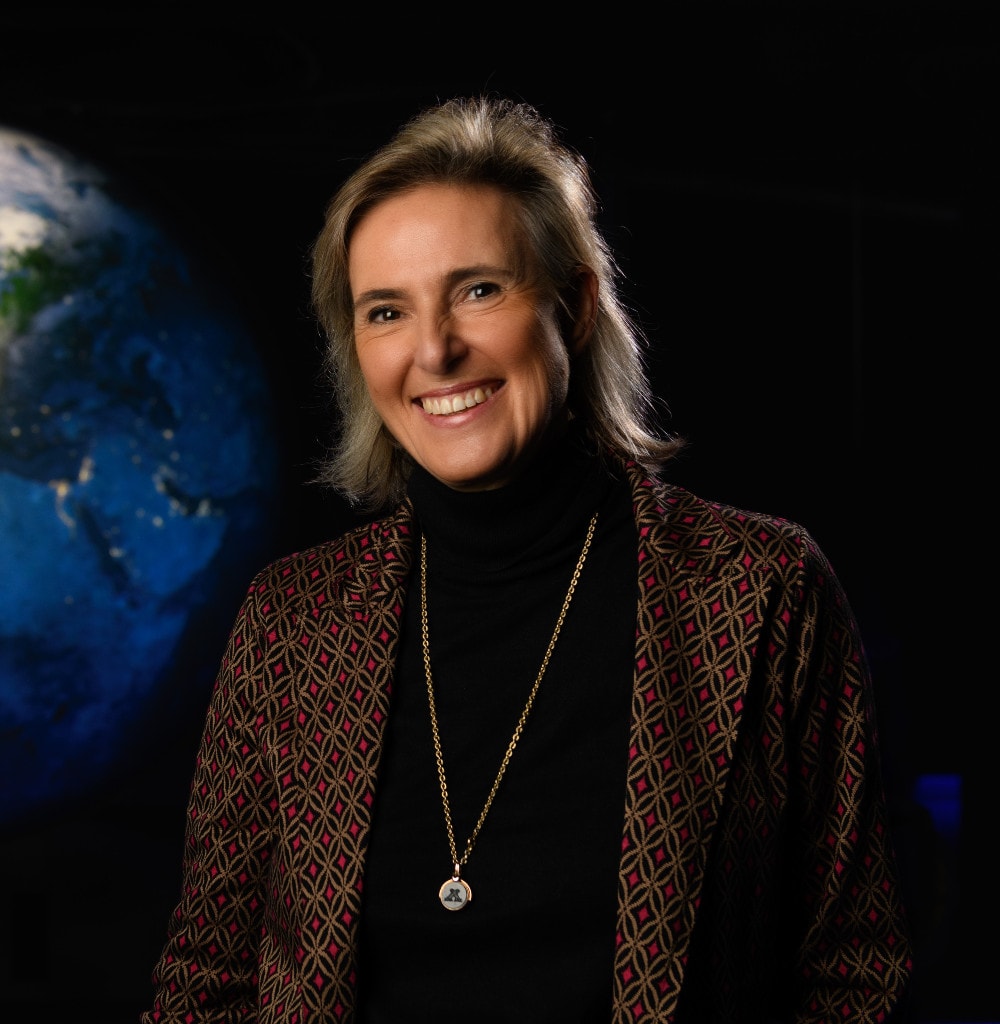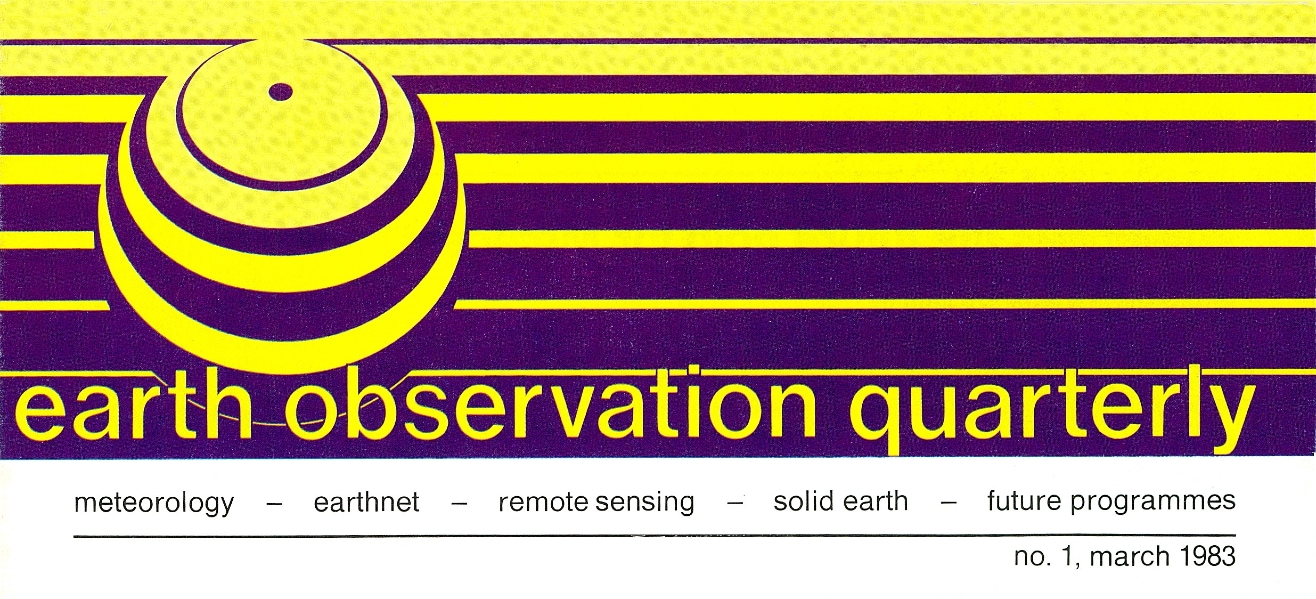 As both ESA’s Director of Earth Observation Programmes and Head of ESRIN - home to the European Centre for Space Records – I am delighted to announce the opening on this website of the ESA Historical Archives’ collection of Earth Observation Quarterly. EOQ was ESA’s newsletter on the Earth Observation Programme from 1983 to 2001, and it is a measure of its importance in valorising the heritage of the Earth observation activities conducted at the ESRIN site in Frascati that my colleagues in the Archives team have selected this collection as the second document collection of historical publications to open in the SHIP database.
As both ESA’s Director of Earth Observation Programmes and Head of ESRIN - home to the European Centre for Space Records – I am delighted to announce the opening on this website of the ESA Historical Archives’ collection of Earth Observation Quarterly. EOQ was ESA’s newsletter on the Earth Observation Programme from 1983 to 2001, and it is a measure of its importance in valorising the heritage of the Earth observation activities conducted at the ESRIN site in Frascati that my colleagues in the Archives team have selected this collection as the second document collection of historical publications to open in the SHIP database.
Going through these back copies myself, I have rediscovered the vital contribution of many former colleagues to developing the excellence in Earth observation for which ESA, and Europe, is now rightly recognised. We can indeed be proud of our past achievements and look to the future of EO in Europe with confidence.
Simonetta Cheli
Director of Earth Observation Programmes and Head of ESRIN
Highlights of the EOQ collection
EOQ was published by the ESA Publications Division in ESTEC (in March, June, September, December each year). It contained articles from individual contributors and information related to Earth observation satellites and missions, largely written by staff based at ESRIN, ESA’s centre for Earth observation. This included content covering many flagship programmes over the years: the Earthnet Programme, which provided the initial technical and operational means to access and exploit Earth Observation data; and ESA’s first Earth observation missions – first with Meteosat, then with Europe’s first Remote Sensing satellite (ERS-1) and its successor ENVISAT - the largest Earth observation spacecraft ever built.
Over and above the wealth of information that can be accessed through these individual articles, EOQ is also an important resource for tracing the development and growth of Earth Observation, both within ESA and at the wider European level. And in the many ways that data from the EO programme has been used to better understand our planet, manage its resources and plan for our future on Earth.
The first EOQ, for example, was issued when remote sensing in Europe was in its infancy, with Meteosat running for just a few years and Earthnet dependent on the outputs from US satellites. It was presented to readers by ESA’s Director of Applications Programmes, in the days prior to the creation of a directorate solely for Earth Observation Programmes. Whereas by Number 70, after less than two decades, Earth observation had become established as a discipline with Europe as a major player, with advances in satellites reaping benefits in weather forecasting and climate change monitoring and the creation of new organisations, such as Eumetsat (covered in Number 3), dedicated to the exploitation of space data.
An important milestone along this path is also documented in EOQ Number 63 from September 1999 – this was a special 36-page issue dedicated to the new Living Planet Programme and outlines both its overall strategy and the science and research elements of the programme in a series of articles. One other highlight must be the introduction to Number 69 which, by summarising the first 18 years of EOQ, gives us a history within a history. And EOQ also follows careers: Number 49 from 1995 features an article by Josef Aschbacher from the EC Joint Research Centre in Ispra on Rice Mapping and Crop Growth Monitoring, now, of course, ESA’s Director General.
Whether you are interested specific aspects of meteorology, in the early days of Earth Observation as a discipline, or in the history of a particular mission, we hope you will enjoy exploring the wealth of material in this collection.
Further information
Read more about EOQ and how to browse the collection in SHIP.
